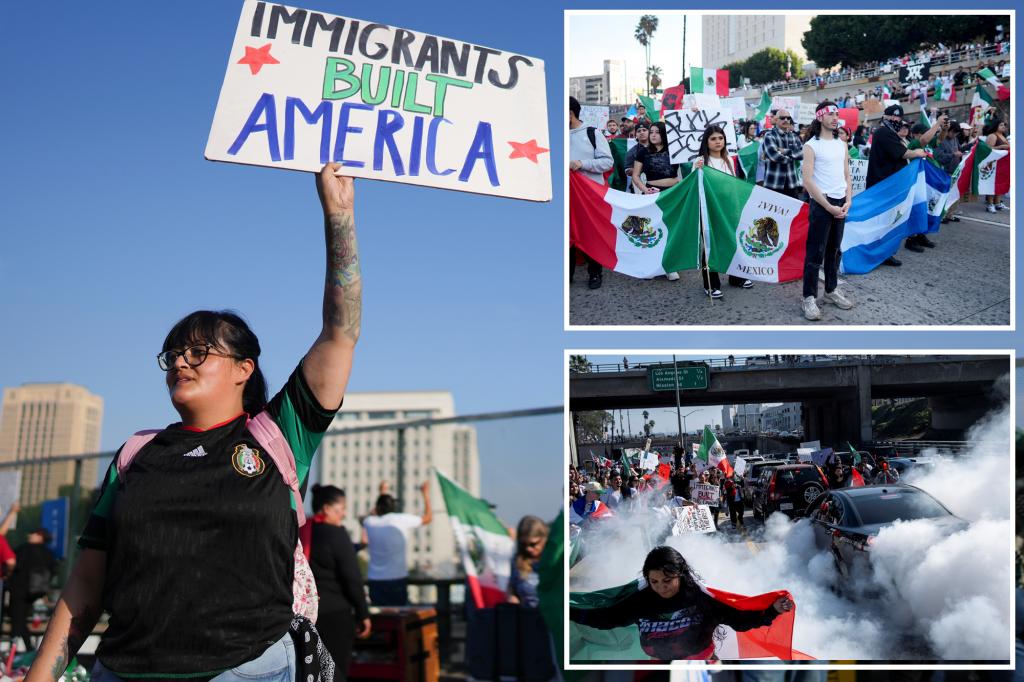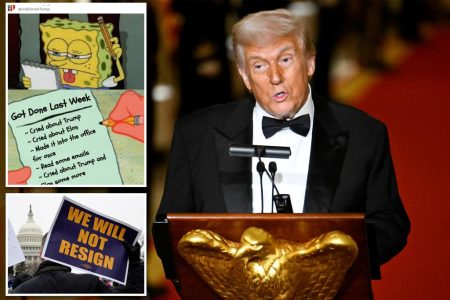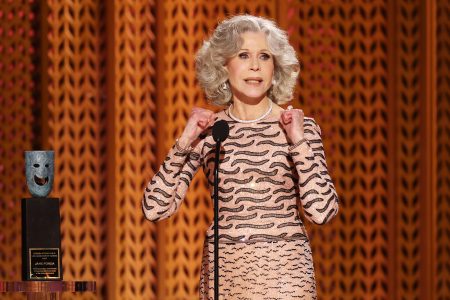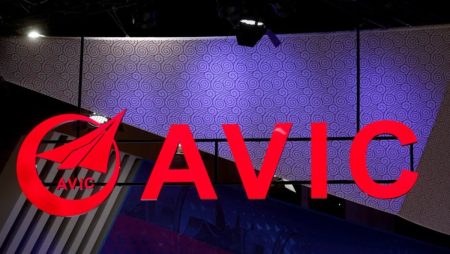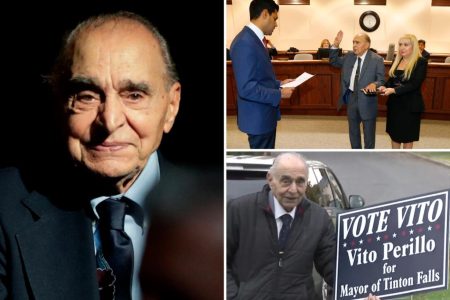The resurgence of President Trump’s immigration policies, specifically his renewed focus on deporting undocumented migrants, sparked fervent protests across the United States, with Los Angeles witnessing a particularly disruptive demonstration. On a Sunday afternoon, thousands of protestors, many waving flags representing Mexico and other Latin American countries, converged on the 101 Freeway, bringing traffic to a standstill for several hours. The demonstration underscored the deep divisions and anxieties surrounding immigration policy in the country. While no arrests were made during the initial protest, the disruption caused significant inconvenience for motorists and raised concerns about public safety. The protestors’ actions reflected their frustration and opposition to the perceived injustices of the Trump administration’s immigration policies, echoing similar sentiments expressed during his previous term.
The scene on the 101 Freeway was one of palpable tension and defiance. Footage captured by news helicopters and independent reporters showed a massive crowd of protestors occupying the freeway, effectively shutting down a major artery in one of the nation’s busiest cities. While some protestors engaged directly with law enforcement, maintaining a tense standoff with lines of police officers, others lined the overpasses and roadsides, amplifying their message with chants and signs. The California Highway Patrol, tasked with managing the situation, issued warnings urging motorists to avoid the affected area, emphasizing the inherent dangers of such protests for both demonstrators and commuters. The freeway closure lasted for approximately five hours, creating substantial traffic backups and highlighting the logistical challenges faced by law enforcement in responding to large-scale protests on major transportation routes.
Despite the significant disruption and the potential for conflict, the initial protest concluded without any reported arrests, a testament to the restrained approach taken by both law enforcement and the majority of protestors. However, the respite proved temporary. As traffic began to flow again on the 101 Freeway later that Sunday evening, another group of protestors reassembled, once again obstructing traffic. This resurgence of protest activity underscored the persistent determination of those opposed to Trump’s immigration policies and signaled a potential for ongoing demonstrations. The recurring nature of the protests suggested that the underlying tensions surrounding immigration policy remained unresolved and could continue to manifest in public demonstrations.
The protestors’ messages, conveyed through chants, signs, and interviews, reflected a range of grievances and accusations. Some signs satirized Trump’s “Make America Great Again” slogan, twisting it to reflect the protestors’ perspective on immigration. Others proclaimed the protestors’ innocence, rejecting the criminalization of undocumented immigrants, and directly criticized the President, labeling him the “real criminal.” These messages captured the protestors’ frustration and anger, not only with the current administration’s policies but also with the historical treatment of immigrants in the United States. The protestors’ words and actions served as a stark reminder of the human impact of immigration policy and the emotional toll it takes on individuals and families.
The protests, however, drew sharp criticism from supporters of Trump’s immigration policies. They condemned the demonstrations as disruptive and unlawful, arguing that they infringed on the rights of law-abiding citizens and jeopardized public safety. Some commentators on social media sarcastically encouraged the protestors to continue their journey south, while others called for stricter laws to penalize those who intentionally block highways. This counter-reaction highlighted the deeply polarized nature of the immigration debate and the starkly contrasting views on the legitimacy and effectiveness of protest tactics. The debate surrounding the protests mirrored the broader national conversation on immigration, with both sides entrenched in their positions and showing little sign of compromise.
The Los Angeles freeway protests unfolded against the backdrop of a broader resurgence in immigration enforcement actions. Following President Trump’s renewed emphasis on deportations, Immigration and Customs Enforcement (ICE) and other agencies conducted a series of raids in major U.S. cities. These actions reignited fears and anxieties within immigrant communities, fueling the protests and underscoring the high stakes of the immigration debate. The protests served as a visible manifestation of the concerns and anxieties felt by many within immigrant communities and their allies, highlighting the human cost of stricter immigration enforcement. The demonstrations also underscored the ongoing struggle over immigration policy in the United States, a struggle that continues to shape the political landscape and impact the lives of millions.




